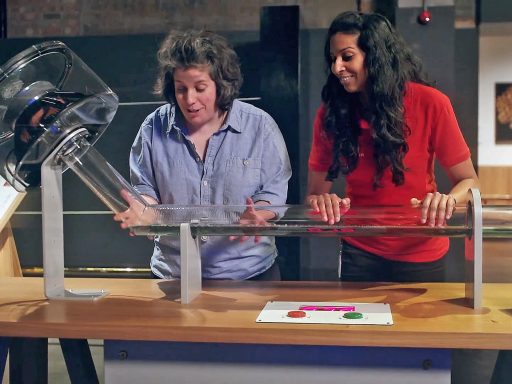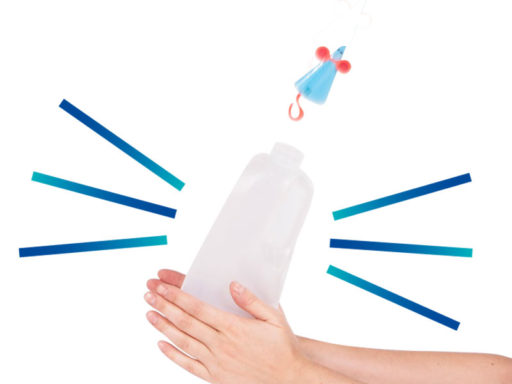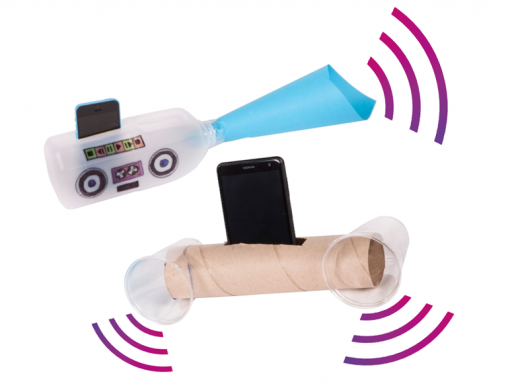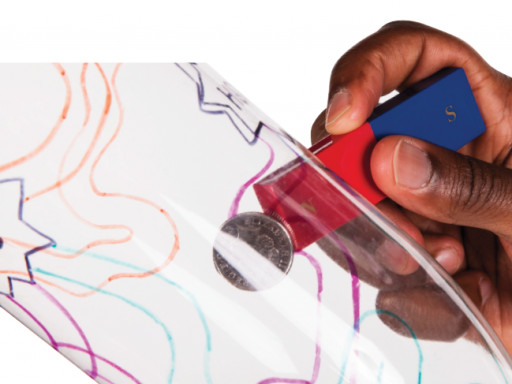This activity investigates how sound travels, using a kind of gong made from a coat hanger and some string. The gong makes a surprising and intriguing sound – but only when you have your fingers in your ears.
Printable downloads
Follow these steps…

-
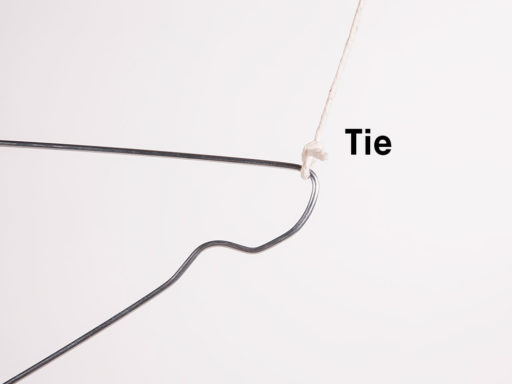 Cut two 50cm lengths of string and tie one to each corner of the coat hanger.
Cut two 50cm lengths of string and tie one to each corner of the coat hanger. -
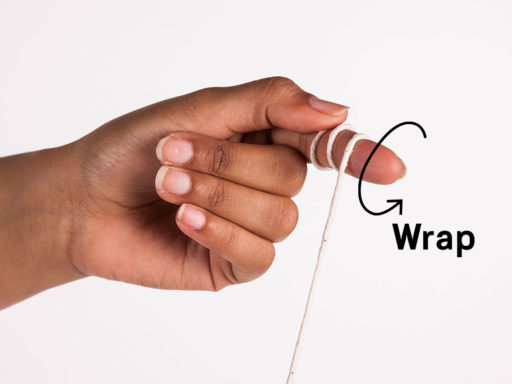 Wrap the other end of each string around your finger.
Wrap the other end of each string around your finger. -
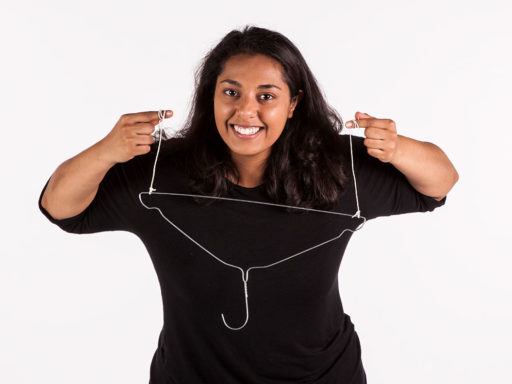 Put your fingers in your ears. Be careful not to push too hard.
Put your fingers in your ears. Be careful not to push too hard. -
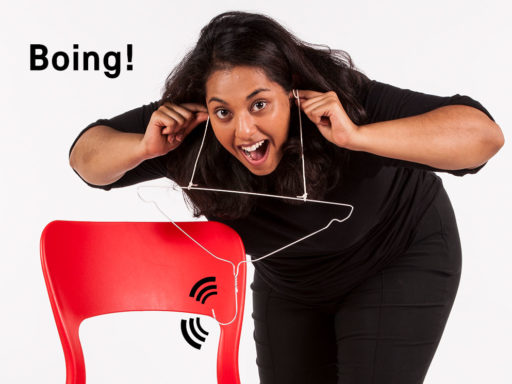 Lean forward so the coat hanger hangs down without resting on anything. Then knock it against a chair or table, to make it vibrate. What do you hear?
Lean forward so the coat hanger hangs down without resting on anything. Then knock it against a chair or table, to make it vibrate. What do you hear? -
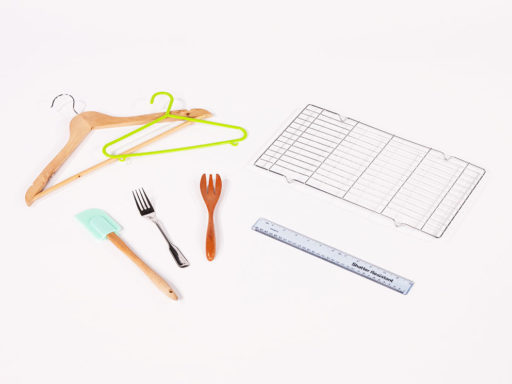 Try swapping the metal coat hanger for objects made of different materials.
Try swapping the metal coat hanger for objects made of different materials.
Think and talk about…
- Why does it sound so different when you put your fingers in your ears?
- Where do you think the sound is coming from and how does it reach your ears?
Investigate…
How does the sound change when you:
- Use longer or shorter string?
- Use wool or ribbon in place of the string?
- Replace the metal coat hanger with a different material?
Did you know?
Most humans can hear sounds produced by objects vibrating up to around 20,000 times per second.
What’s the science?
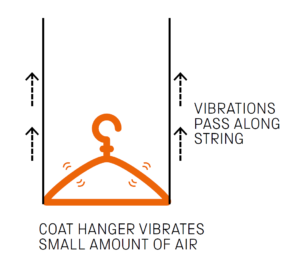 Sounds are made by vibrating objects. The vibrations spread out within a solid, liquid or gas, and we hear the sound when the vibrations reach our ears. Your vibrating coat hanger creates sound waves in the air, but it doesn’t have a large surface area, so it doesn’t disturb much air – and the vibrations spread out in all directions. That’s why the sound is very hard to hear. But the vibrations will also pass up the strings – and, when your fingers are in your ears, into the skin and bones of the ear. Much less sound is lost, so you hear the sound very clearly.
Sounds are made by vibrating objects. The vibrations spread out within a solid, liquid or gas, and we hear the sound when the vibrations reach our ears. Your vibrating coat hanger creates sound waves in the air, but it doesn’t have a large surface area, so it doesn’t disturb much air – and the vibrations spread out in all directions. That’s why the sound is very hard to hear. But the vibrations will also pass up the strings – and, when your fingers are in your ears, into the skin and bones of the ear. Much less sound is lost, so you hear the sound very clearly.
Science in your world
 Stethoscopes help us to hear sounds from inside the human body. Just like the strings in the activity, the stethoscope tubes prevent the sound from spreading out in all directions, and channel it to the doctor’s ears. The first stethoscope was made in 1819, from paper rolled into a tube. Why not try making your own? See if you can hear a friend’s breathing or even their heartbeat.
Stethoscopes help us to hear sounds from inside the human body. Just like the strings in the activity, the stethoscope tubes prevent the sound from spreading out in all directions, and channel it to the doctor’s ears. The first stethoscope was made in 1819, from paper rolled into a tube. Why not try making your own? See if you can hear a friend’s breathing or even their heartbeat.
